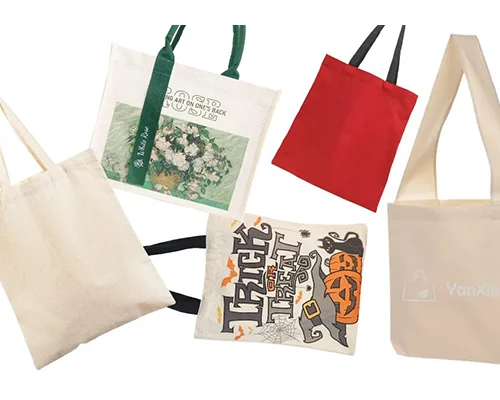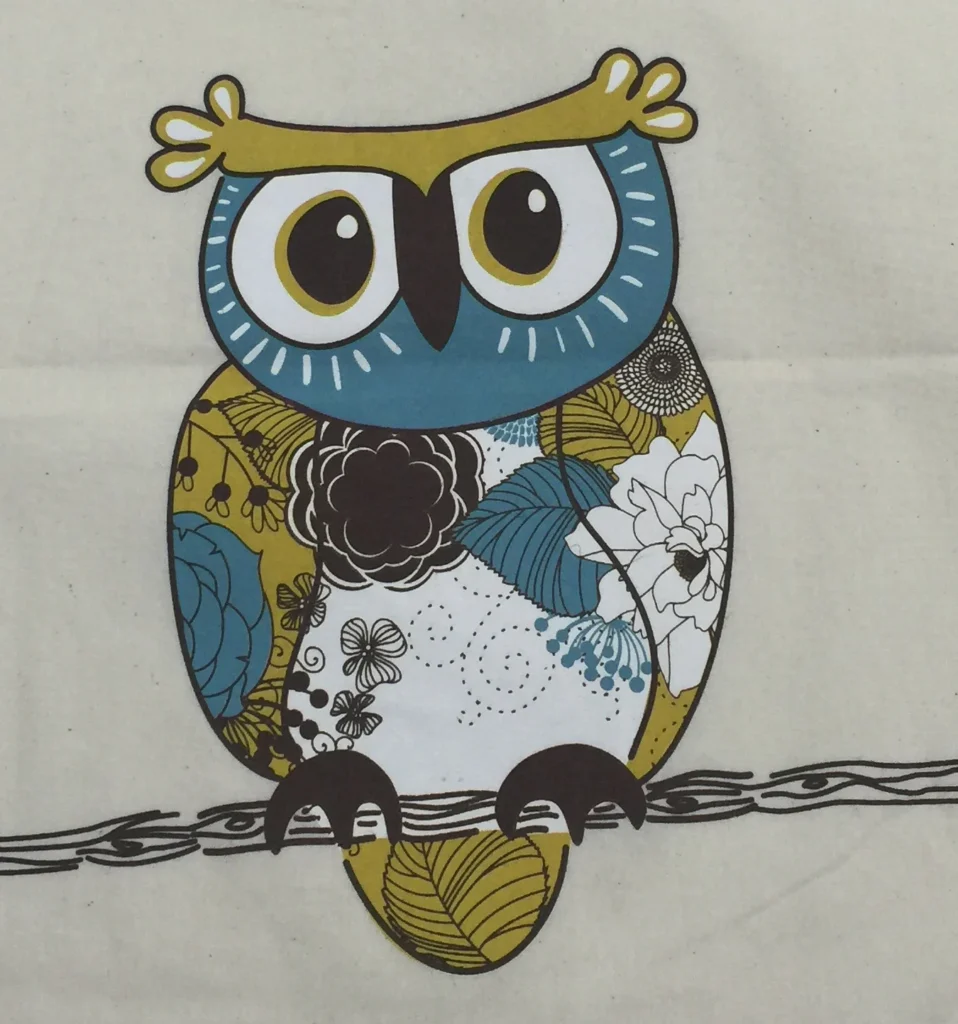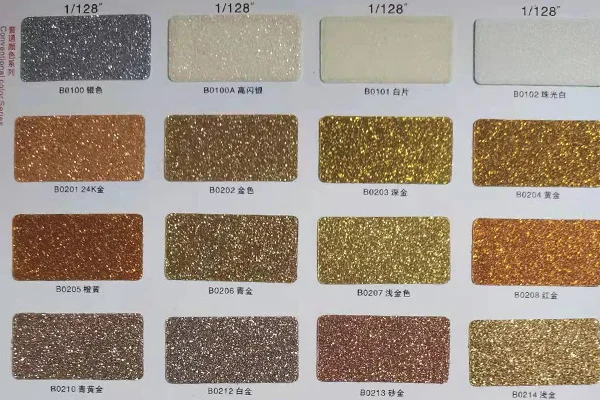There are many ways to print on cotton canvas bags, and the results can vary widely depending on the material and the process used. First-time buyers or procurement teams often choose the wrong method—leading to issues like color loss, runaway costs, or even damage to the brand image. To help you avoid these pitfalls, we’ve broken down ten common printing and decoration methods and explained them alongside canvas fabric characteristics, production costs, and design guidelines, so you can quickly identify the option that best fits your logo and artwork.







